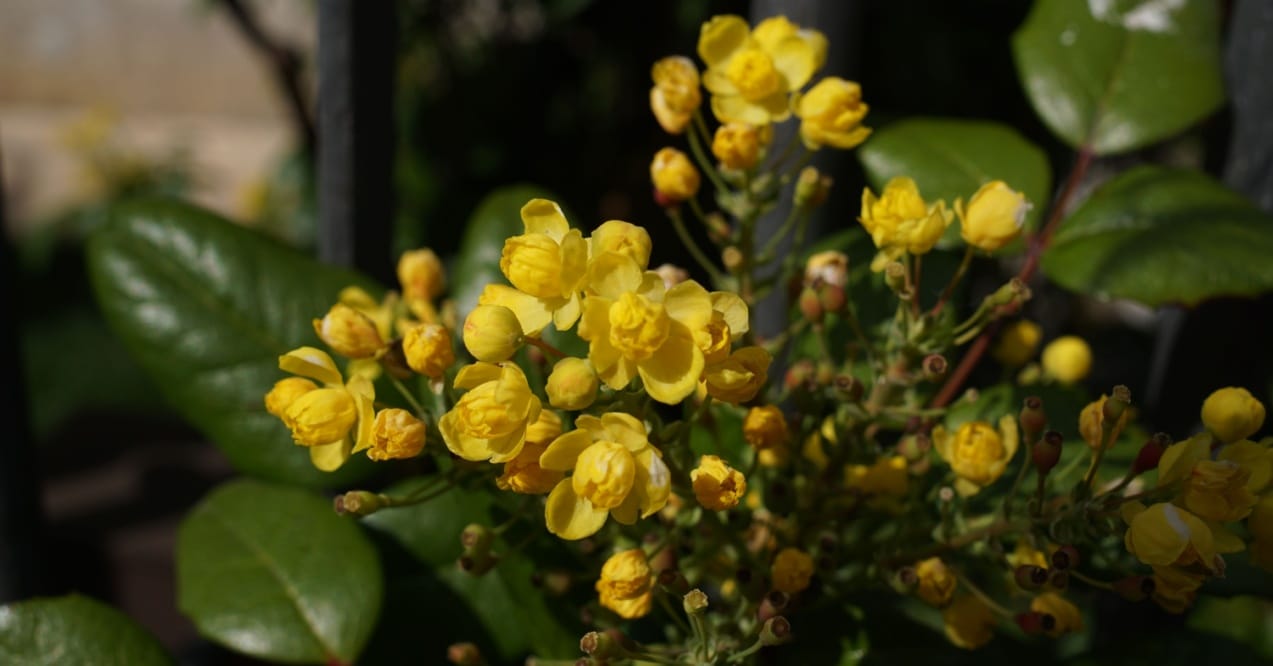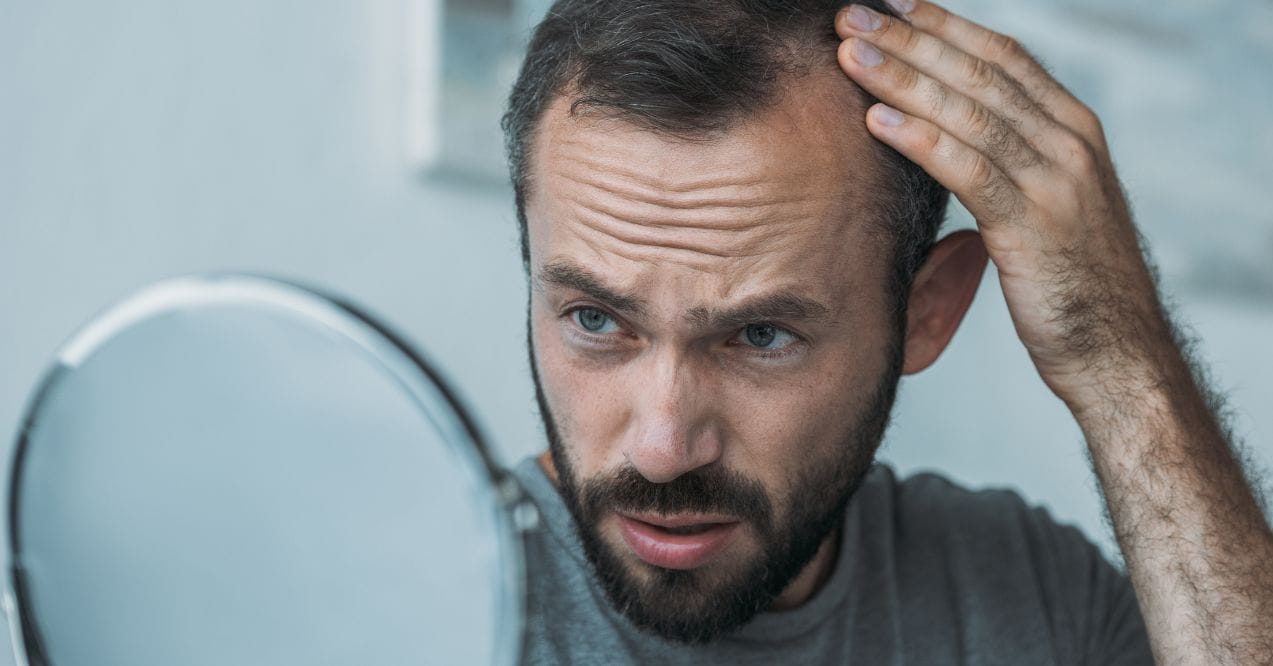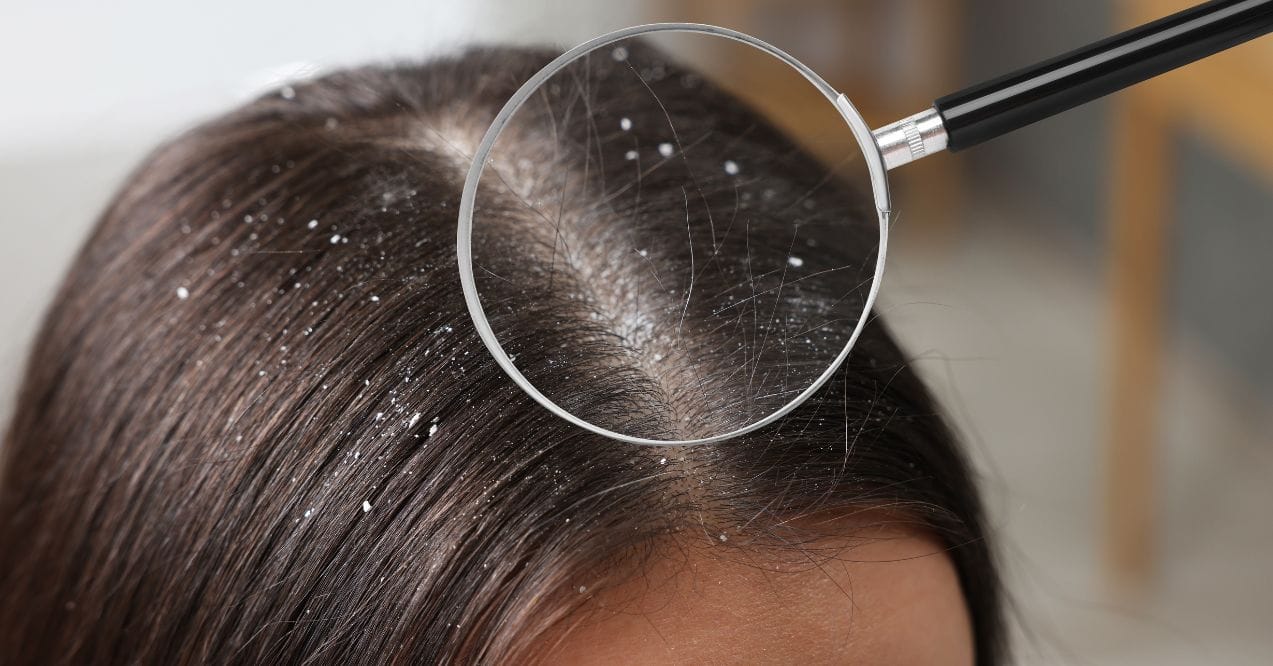Can You Leave Conditioner in Your Hair?
Medically reviewed by our experts


Yes, you can leave conditioner in your hair, but it depends on the specific type of product you’re using. Some conditioners are designed to be left in, while others should be rinsed out after application. Your hair type also plays a role in determining how your locks will respond to extended conditioning. Making the right choice will help keep your hair healthy and looking its best.
Key Article Findings
- Leave-in conditioners are designed to stay in your hair, while rinse-out formulas should be washed away
- Your hair type affects how it responds to different conditioning methods
- Leaving the wrong type of conditioner in can lead to buildup and potential scalp issue
Types of Conditioners and Their Purpose
Leave-on conditioners are lightweight formulas specifically created to remain in your hair between washes. They provide ongoing moisture and protection without weighing down your locks. These products help with detangling and often contain ingredients that shield hair from environmental factors.
Rinse-out conditioners are the standard variety most people use during their shower routine. After applying to wet hair, you should rinse them away after a short period, typically 1-3 minutes. These products deliver immediate softening effects but aren’t meant for extended use.
Deep conditioners are intensive treatments that penetrate hair cuticles more thoroughly. They typically stay on for 5-30 minutes before rinsing. Some deep conditioners work best with heat application, which opens the hair cuticle for better absorption.
How Hair Type Affects Conditioner Use
Your natural hair texture and condition greatly influence how it responds when you leave conditioner in your hair.
For those with fine hair, leaving in any conditioner not specifically designed as a leave-in may lead to limp, weighed-down strands. Fine hair has less surface area for product distribution, so buildup happens more quickly. Even leave-in products should be used sparingly and primarily on the ends.
People with curly or coarse hair often benefit from leave-in conditioning. These hair types tend to be drier and more porous, readily absorbing and needing the extra moisture that leave-in products provide. Extended conditioning may help maintain softness and reduce frizz.
Conditioner and the Hair Cuticle
The hair cuticle consists of overlapping scales that protect the inner structure of each strand. When you apply conditioner, these ingredients temporarily smooth and seal these scales. However, prolonged exposure to certain conditioning agents may lead to protein overload or moisture imbalance. This can potentially cause the cuticle to become too soft or, conversely, too rigid and prone to breakage.
Matching Products to Hair Texture
Selecting the right conditioner for your hair texture improves results and minimizes potential issues. Low-porosity hair benefits from lighter formulas that won’t sit on the surface. High-porosity hair may need richer products with oils and butters for adequate moisture retention. Medium to thick strands can handle more conditioning agents than fine hair. Always start with less product than you think you need—you can add more if necessary.
Is It Okay to Leave Conditioner in Your Hair?
Is it okay to leave conditioner in your hair? The answer isn’t straightforward. It primarily depends on the specific product you’re using and your hair’s unique needs.
Leave-in conditioners are specifically formulated to remain in your hair until the next wash. These products contain lighter ingredients that distribute evenly and don’t cause excessive buildup. They’re designed to provide ongoing protection and hydration throughout the day.
Standard rinse-out conditioners, however, may potentially create problems when left in too long. These products often contain heavier ingredients meant for short-term use. How long can you leave conditioner in your hair? For most rinse-out formulas, 2-5 minutes is ideal before thoroughly rinsing.
Leaving rinse-out conditioner in your hair may lead to:
- Product buildup that weighs down hair and dulls its appearance
- Possible scalp irritation from ingredients not meant for prolonged contact
- Greasy, limp strands that attract dirt and environmental pollutants
- Potential clogging of hair follicles, which may interfere with healthy growth
Deep conditioning treatments fall somewhere in between. These more intensive formulas often have specific time guidelines—usually 10-30 minutes—after which they should be completely rinsed out. Using them longer than recommended doesn’t increase benefits and may disrupt your hair’s moisture-protein balance.
What happens if I leave conditioner in my hair? A single instance likely won’t cause lasting harm. Simply wash your hair thoroughly with a gentle clarifying shampoo during your next shower to remove any residue and restore your hair’s natural balance.
Can You Leave Conditioner in Your Hair Overnight?
The question of overnight conditioning generates considerable debate among hair care professionals. While some people swear by this practice, it comes with both potential benefits and risks.
For extremely dry, coarse, or damaged hair, occasional overnight deep conditioning may provide intensive moisture. This approach allows the conditioning agents more time to penetrate the hair shaft, potentially resulting in softer, more manageable strands by morning.
However, should you leave conditioner in your hair overnight as a regular practice? Most hair experts advise against it, especially with products not specifically designed for extended use. Regular overnight use of standard conditioners may lead to:
- Excessive product buildup that becomes difficult to remove
- Potential scalp irritation or even fungal growth in some cases
- Over-conditioning, which can make hair too soft and prone to breakage
- Unnecessary stress on the hair cuticle from prolonged exposure to certain ingredients
If you decide to try overnight conditioning, use products specifically labeled for this purpose or deep conditioning treatments that indicate extended use is acceptable. Protect your pillowcase with a shower cap or silk scarf, and never apply the product directly to your scalp, focusing instead on the mid-lengths to ends where moisture is most needed.
This approach may provide similar benefits without the potential drawbacks of extended exposure to stress and lymph nodes issues that might affect overall wellness.
Best Practices for Using Conditioner Effectively
Start by wetting your hair thoroughly with water before applying any conditioner. This helps the product distribute more evenly and activate properly. When using rinse-out formulas, apply a small amount of conditioner primarily to the mid-lengths and ends, avoiding direct application to the scalp.
For most hair types, these guidelines help maximize benefits:
- Use fingertips to work the product through your strands
- Allow rinse-out conditioners to sit for 2-5 minutes, not longer
- Rinse thoroughly with cool water to help seal the cuticle
- Limit deep conditioning treatments to once or twice weekly
For leave-in conditioners, less is often more. Start with a small amount and apply to damp, not soaking wet, hair. This allows for better distribution without diluting the product’s effects.
Reading product labels carefully helps identify whether a conditioner is meant to be left in or rinsed out. Following these directions ensures you get the intended benefits without unnecessary side effects.
Conclusion
Can you leave conditioner in your hair? The answer depends largely on the specific product you’re using and your individual hair type. Leave-in conditioners are designed for extended wear, while standard rinse-out formulas work best when used according to package directions.
While not ideal, very small amounts of rinse-out conditioner can be used on dry ends in a pinch. However, these products aren’t formulated for extended wear and may cause buildup over time.
Signs include hair that feels heavy, looks dull or greasy despite washing, has less volume than usual, or doesn’t respond well to styling products.
Daily deep conditioning isn’t recommended as it may lead to moisture overload. Most hair types benefit from deep treatments just once or twice weekly.
Occasional overnight deep conditioning may help very damaged hair, but regular rinse-out conditioners aren’t designed for this use and may potentially cause more harm than good.
Leave-in conditioners are lightweight formulas designed to stay in your hair until the next wash, while deep conditioners are intensive treatments meant to be applied for a limited time (usually 10-30 minutes) before rinsing thoroughly.
Dias, M. F. G. (2015). Hair cosmetics: An overview. International Journal of Trichology, 7(1), 2.
Dias, M. F. G. (2015). Hair cosmetics: An overview. International Journal of Trichology, 7(1), 2.
Fernandes, C., Et Al. (2023). On hair care physicochemistry: from structure and degradation to novel biobased conditioning agents. Polymers, 15(3), 608.
Popular Articles
Advertisement. This site offers health, wellness, fitness and nutritional information and is designed for educational purposes only. You should not rely on this information as a substitute for, nor does it replace, professional medical advice, diagnosis, or treatment. If you have any concerns or questions about your health, you should always consult with a physician or other health-care professional. Do not disregard, avoid or delay obtaining medical or health related advice from your health-care professional because of something you may have read on this site. The use of any information provided on this site is solely at your own risk.






